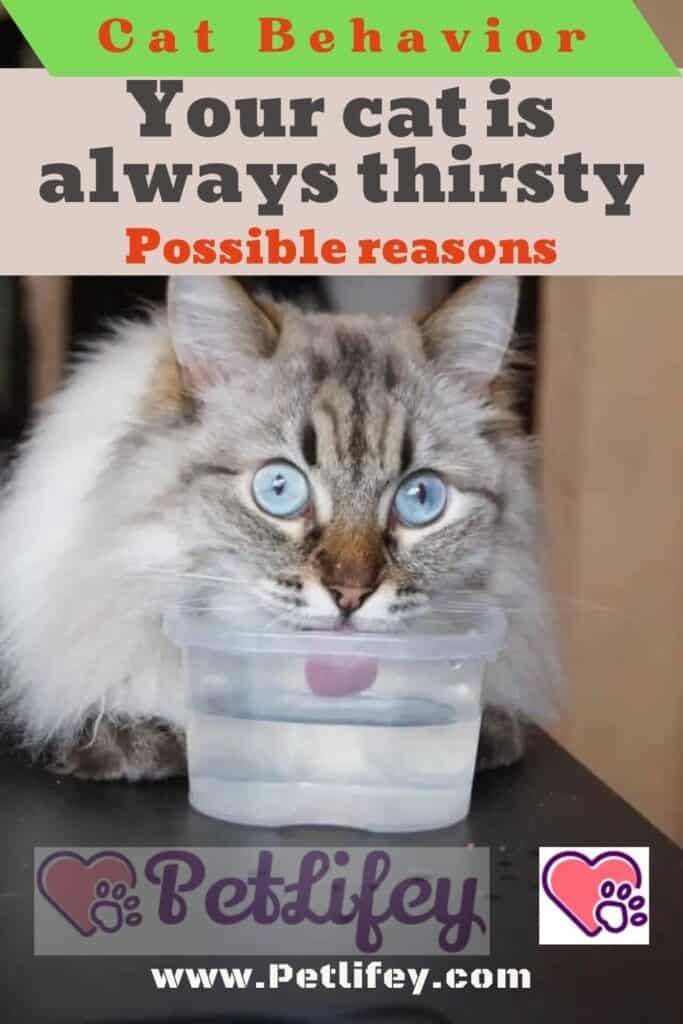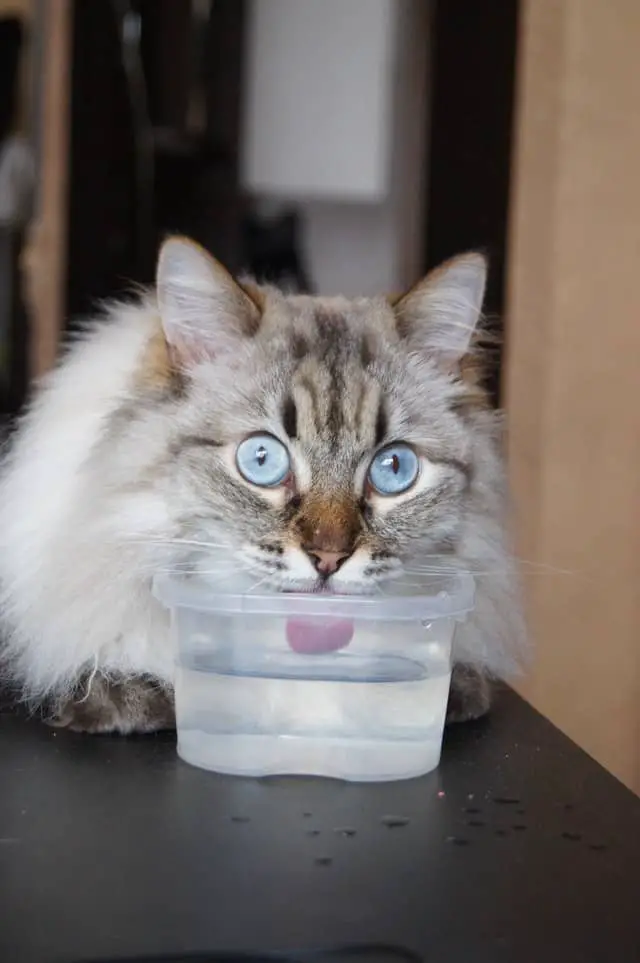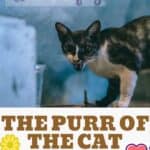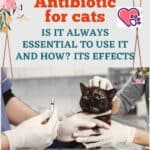
Is your cat often thirsty and there is never enough water? Here’s why and when to worry if your cat drinks a lot.
A cat that drinks doesn’t have to cause particular concern: the strange thing is if it does so continuously. This constant and excessive thirst has a scientific term, namely polydipsia. Just pay attention to his bowl: if it is always empty then it means that he drinks a lot: even if he does it from the pots of plants or from the toilet bowl we should start to worry. Thirst is a symptom of internal dehydration, which we try to fill by drinking from everywhere. If the cat drinks more than 50-100ml a day he is hiding something wrong.
Cat drinks a lot: when it is polydipsia
Cats generally don’t drink a lot but are content to lick the water in their bowl a few times a day. On average, a cat drinks about 80 milliliters of water per 1 kg of body weight. Let’s not forget that even canned foods contain more water than dry ones. Over 100 ml of water drunk in general we talk about polydipsia. Our function is to check how much water he drinks and if he tries to get it from other ‘sources’ too: to keep this aspect under control, just fill a bowl with more than 100 ml of water and see if, at the end of the day, the cat will ‘it’s all over. Equally important is to pay attention to how much urine it produces. The same attention must be shown towards dogs who drink excessively.
Cat drinks a lot: why
In reality, excessive dehydration is a symptom of physical discomfort, due to the lack of water, the same that pushes humans to drink even more in the summer than the rest of the year. The causes can be different and include various aspects that affect the life of the cat first of all the correct and balanced diet: if the cat switches from a diet based on wet food to one of dry food it is likely that the amount of water before assimilated through meals, is insufficient. If it’s hot outside and outside temperatures reach high peaks, your cat may need to drink more.
In the case of excessive physical activity, it is obvious that the body needs to be hydrated: often a particularly demanding exercise can lead the cat to pant and breathe badly. If the cause is internal, and therefore the cat suffers from vomiting and diarrhea, it has a loss of fluids; in the same way, if you are taking a cortisone-based treatment, you may be drinking more.
Cat drinks a lot: if the reason is pathological
Unfortunately, even a disease could have thirst among the symptoms, which must be interpreted as a real alarm bell. Here are the main pathologies that can push the cat to drink more.
Thirst could be a symptom that the kidney system is not functioning well: the kidneys do not control the reabsorption of liquids and let them out of the urinary tract, without retaining them. Even in the case of hormonal or endocrine diseases, the renal system is compromised: the kidneys do not respond to the antidiuretic hormone ADH and do not absorb water.
On the other hand, when the cat suffers from diabetes mellitus, it has high blood sugar levels which result in abundant urine. Finally, one of the most probable causes is hyperthyroidism, a disease that often affects the elderly or debilitated cat. It will be the veterinarian to establish the reason but it is not excluded that it can only be an attitude of our beloved feline to be educated.
Cat drinks a lot: what to do
In reality, the diagnosis of the cause will be made by the expert, certainly not by us. He could do blood and urine tests, but also tests to rule out endocrine diseases and x-rays. What we can do is provide the veterinarian with as many elements as possible to give him the opportunity to have a clear picture of the situation, and of course arrange a visit as soon as possible. Once the cause has been identified, it will be necessary to intervene on the disease or simply wait for the heat to pass and when it is hot, limit the feline’s physical activity.
Cat drinks a lot… and loses weight

In this case, timely intervention is essential. The cat that drinks a lot and tends to lose weight, urinates often and vomits could have diabetes. As attentive and scrupulous owners we will not let these precious signals escape us. Polydipsia is not a pathology to be treated lightly, so it is good to seek the help of the veterinarian right away. But it is good to know that there is no real cure, but the therapy varies according to the cause diagnosed by the expert.






